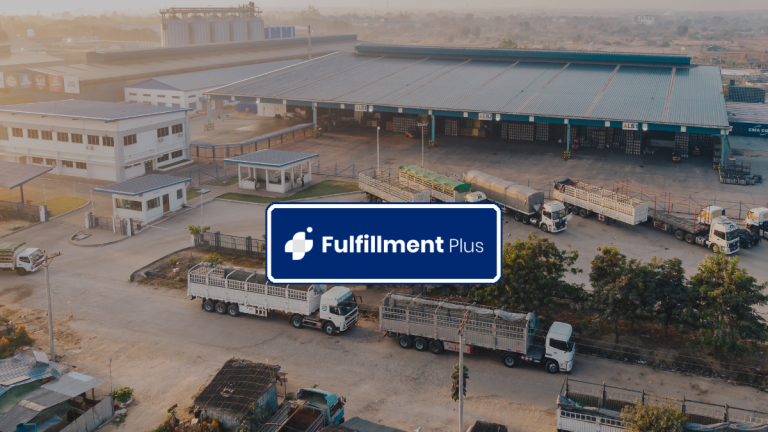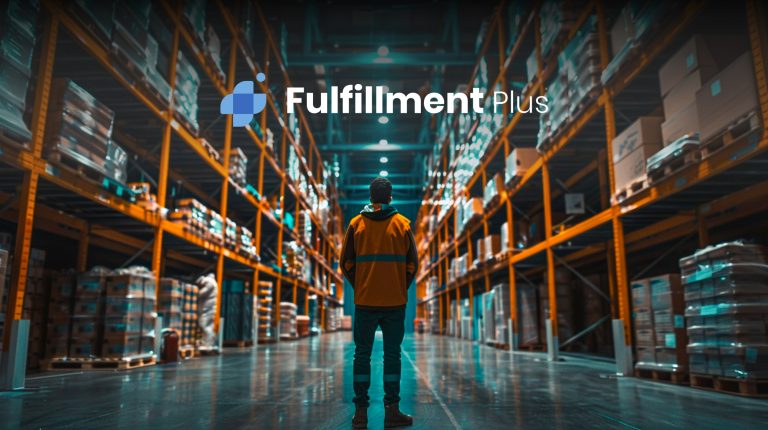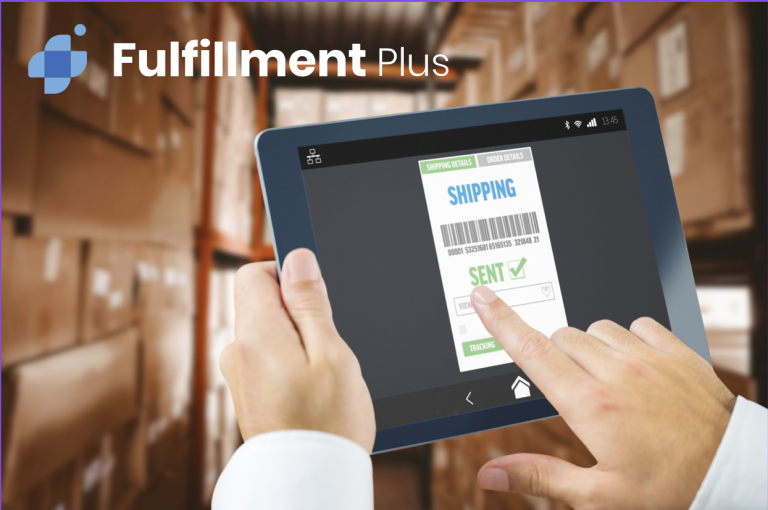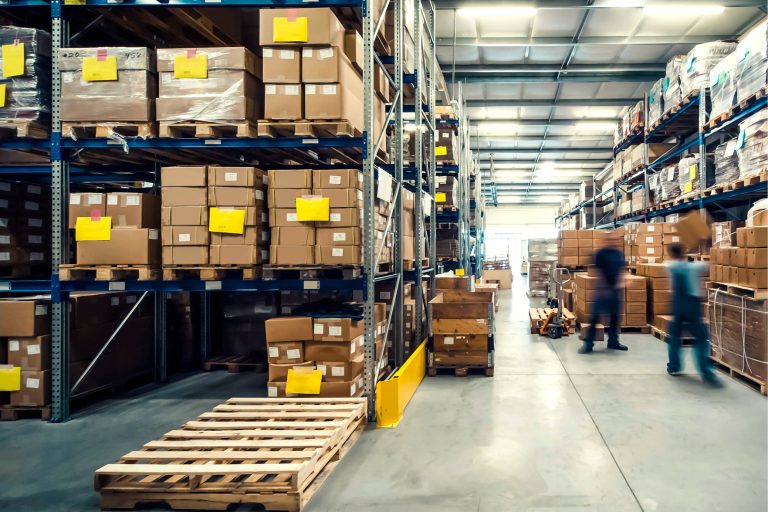The Ultimate Guide to Order Fulfillment
What is Order Fulfillment?
When a customer places an order it is good news for any business when a customer places an order. The work is not done until the order is fulfilled, and the customer receives the order.
Order Fulfillment is a crucial task of assembling the order and shipping it to the customer. This blog is the Ultimate Guide to Order Fulfillment.
The entire order fulfillment cycle comprises five primary steps, beginning with strategic sourcing and concluding with shipping/delivery to the customer. Inventory management, supply chain management, order processing, quality control, and customer support are all a part of order fulfillment and many eCommerce businesses include them under one umbrella.
Order Fulfillment is the process of receiving a new order and delivering it to the customer’s doorstep. Involving processes like warehousing, picking, and packing the product, shipping it, and informing the customer through an automated email that their order is in transit.
Order fulfillment can streamline in a single, efficient warehouse based on a business’s scale and organizational capabilities. Small businesses manage their order fulfillment in-house through simple processes. But with huge companies, it becomes more complex to handle the processes in-house. The primary objective is to swiftly, reliably, and affordably deliver the customer’s ordered products, regardless of business size or setup.
Steps Involved In Order Fulfillment
- Receiving Inventory: An eCommerce business can choose either of the two ways to handle its inventory. Choose to receive and stock the inventory in-house or outsource an order fulfillment company to take care of its stock. If the eCommerce company chooses the first option, it will be liable for taking stock, examining the inventory, labeling, and managing the inventory system. If the company selects the second option, the fulfillment company will manage all these tasks.
- Storing Inventory: If you choose to warehouse the inventory yourself, there will be a list of tasks awaiting receiving the inventory. The major tasks will be storing the items in the inventory. Closely monitor the inflow and outflow of items to ensure timely shipping.
- Processing the Order: If you’re outsourcing order fulfillment you do not need to know about order processing because once they partner with a fulfillment company. They can rely completely on the fulfillment provider to manage all the processes. For businesses that manage their own inventory, this is the stage when they select orders from the shelves, send them off to the packing station, examine for any damages, place in boxes, and move to the shipping location.
- Shipping the Order: Depending on the size, weight, and specific requirements of the order, we determine the suitable shipping method. Usually, we choose a third party to fulfill this step.
- Handling Returns: For online buyers, the return of the product is a major factor in the buying operation. To ensure efficient returns, establish a transparent return policy that simplifies the process for both customers and staff. Clarity is key. This step automated, can help you avoid any unwanted errors.
Why is Order Fulfillment important?
Order Fulfillment is the heart of every business. It is how companies complete their sales. Companies make money by selling their products to other businesses or directly to the customer. Whether you’re operating in the B2B or D2C market, the sale isn’t complete until the customer receives the sold items. This is how the companies generate revenue, it becomes difficult to sustain the market if the sales are not completed.
In order to create a positive shopping experience, businesses must invest effort into reducing order fulfillment time, even though this may result in increased expenses. Let’s examine Amazon’s fulfillment strategy and its associated expenditures over the years as an example.
Source: https://www.statista.com/statistics/236456/amazons-annual-fulfillment-expenses/
Order Fulfillment Challenges
Order fulfillment challenges range from supply shortages and inventory management issues to failure in demand and logistics planning.
- Inventory Management: Customer unhappiness, failures in the whole customer experience, and brand reputation are all consequences of running out of stock. It is tough for businesses to restore the damage once it has occurred.
However, there are certain exceptions: Customers tend to be more understanding when widespread weather damage or natural disasters cause shortages and delays.
- Demand Planning: Keeping too many goods in the inventory, on the other hand, raises storage and transportation costs. It also raises your risk because demand for those things may fall before you sell them.
It’s critical to carefully forecast and plan for demand levels in order to keep appropriate supplies on hand without ever running out or storing too much of any given item.
- Logistics Planning: Slow or missed deliveries, broken products, and damaged or wet packaging can all harm a company’s reputation and future sales, and thus its profitability.
Therefore, it is crucial to manage logistics carefully to ensure that shipping goes smoothly and items remain undamaged.
- Supply Chain Execution: Developing a supply chain strategy requires weighing cost vs. benefit tradeoffs in operational decisions. For example, a company may select a single supplier for a specific product in order to benefit from price cuts due to increased volume.
That’s also an excellent method for gaining priority status with the vendor, which can make a difference in delivering things on time during high-demand seasons. Using a singular supplier strategy, on the other hand, might backfire if anything goes wrong for that vendor, from employee strikes to natural calamities to their own supply problems.
How Do You Choose an Order Fulfillment Strategy?
When choosing an order fulfillment plan, businesses have various options. Depending on your company’s capabilities and resources, you may pick in-house fulfillment or outsourced fulfillment.
By conducting fulfillment in-house, you gain more control over operations and expenses if you have the resources. If your company’s in-house expertise and resources are somewhere in the center, you can consider a hybrid strategy to get some of the best of both worlds.
If your fulfillment and logistics abilities and resources are limited, it is better to completely outsource order fulfillment. This allows your staff to concentrate its efforts on manufacturing and marketing the product, and it frequently results in greater predictability. In-house fulfillment necessitates employing personnel, owning the warehouse, and ensuring flawless delivery of every item. Choosing to outsource order fulfillment eliminates many of these issues.
Examine the goods, prospective fulfillment choices, and fulfillment prices to determine the best decision for your company. A thorough financial analysis should point you in the right direction.
Improve your Order Fulfillment with Fulfillment Plus
Fulfillment Plus has been in the fulfillment industry for more than 40 years serving its customers with the best fulfillment services throughout New York.
Being one of the best fulfillment companies in New York, Fulfillment Plus never leaves you disappointed. Whether it is storing your inventory, shipping the products, or delivering undamaged products to the customers.
Our 99.8% accuracy rate of delivering the products to the customers timely is what we take pride in. No matter what your ultimate partner is here to take care of everything you desire in a fulfillment partner.
Choose your trusted and reliable partner today to worry-free yourself from unwanted business activities.
For more information get in touch with us at 888-256-7790.








2 Comments
Comments are closed.